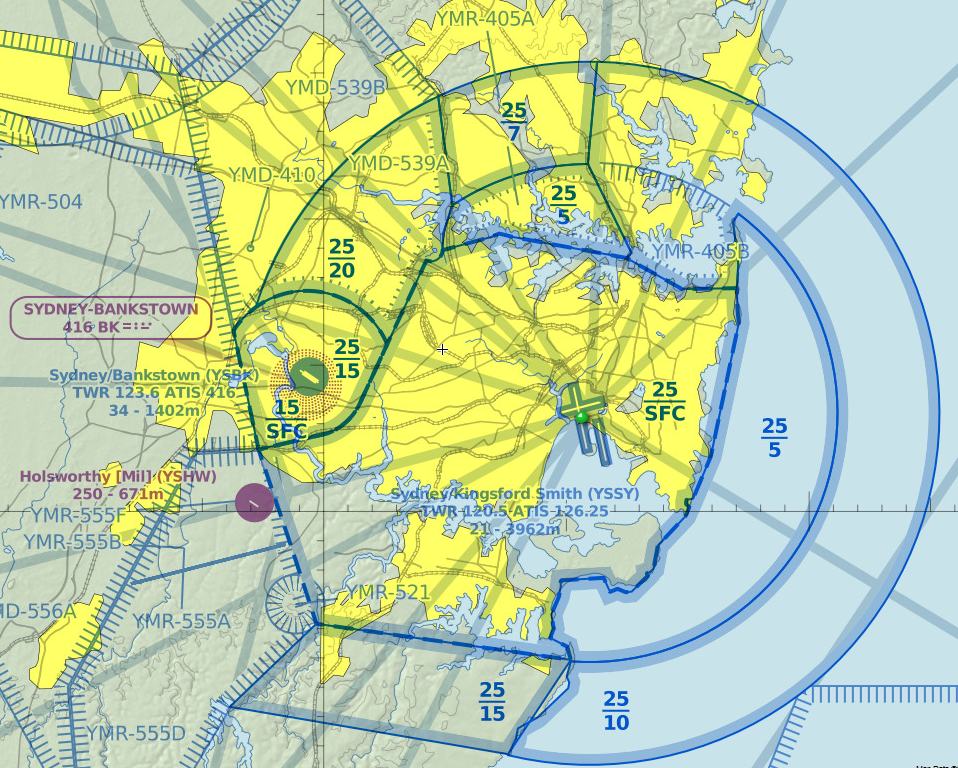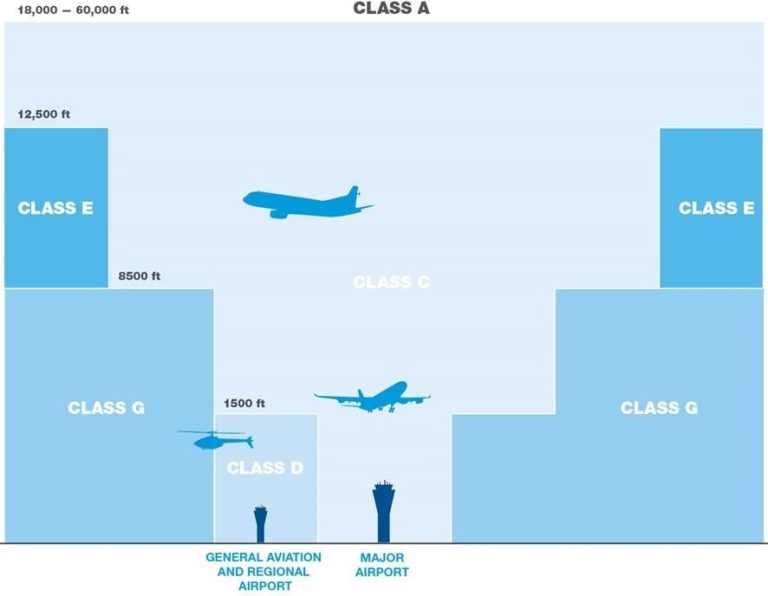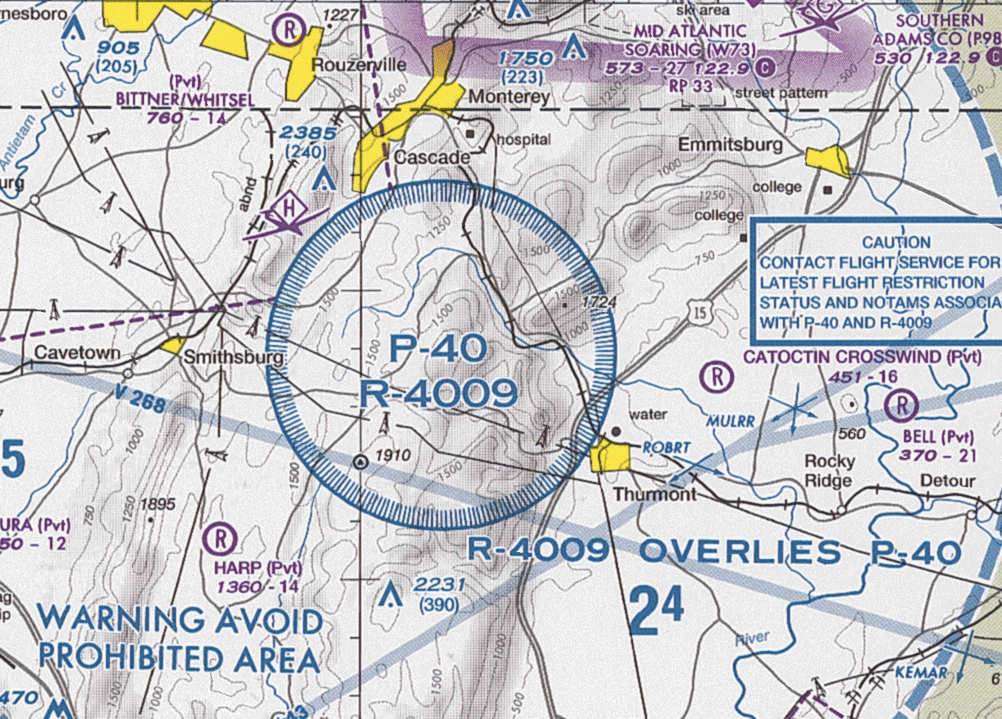class g airspace australia
Within continental Australia outside radar coverage above FL180 where Class A base is FL245 Within radar coverage in specifc locations or corridors under Class C or Class A airspace. SOP 1802AS - Project SS 1603 Page 3.

Class D Airspace Explained Boldmethod
Class g airspace australia Monday March 14 2022 Edit.

. At any time this mix might include larger passenger aircraft general aviation aircraft and light sport aircraft. The CTAF is the frequency on which pilots operating at a non-controlled. Within continental Australia outside radar coverage above FL 125 where Class A base is FL245 Within radar coverage in specific locations or corridors under Class C or Class A airspace.
This airspace is uncontrolled. Boundaries of Class G Airspace. 5 In this MOS any reference to a seat a seatbelt a.
Australias non-controlled or CARRYING A RADIO Class G airspace is different to most parts of the world. In Australia these range from Class A typically en route high level airspace to Class G uncontrolled airspace predominantly used by light aircraft. It is proposed to lower the base of Class E airspace to 1500ft AGL in medium and high density enroute airspace between Cairns and Melbourne in 2021.
All Classes of Airspace LK8000. Class G airspace is uncontrolled airspace that has not been designated as Class A B C D or E. It extends from the surface to the base of the overlying Class E airspace.
How high can Class G airspace go. Class G Airspace. Typically Class G airspace includes all of the airspace below 14500 ft.
There are three general airspace design models used in Australia. 14 rows Class G airspace will always start at the ground and go up to 14500 msl as a maximum. At towered airports the class of airspace may change subject to the time of day.
More information on classes of airspace is available. If outside VHF range a listening watch should. Both IFR and VFR aircraft are permitted and neither require ATC clearance.
In Australia operating in Class G airspace at or above 5000 feet AMSL VHF radio is mandatory AND pilots should maintain a listening watch on the appropriate VHF frequency for the area. Join Online Ground School. Most of this airspace is confined to small areas around uncontrolled airports between 700ft AGL and 1200ft AGL.
Weather Requirements Class G minimum weather requirements exist so that you can see and avoid other aircraft and stay out of the clouds. The remainder is in remote areas where ATC control is impractical. Simplify the content with the AIP relating to the selection of radio frequency when operating in Class G airspace and at non-controlled aerodromes.
Generally base 8500 ft AMS Surrounding or overlying some CTR Airspace which is not Class A-E Note. Implementing the use of 1267 MHz below A050with no change to the existing. This airspace is uncontrolled.
Is there Class F airspace. In restricted airspace aircraft movements are reduced to those with certain specified permissions. Typically Class G airspace includes all of the airspace below 14500 ft.
Join Online Ground School. CONSULTATION DRAFT FOR FREQUENCY USE IN CLASS G AIRSPACE. That is not otherwise designated Class B C or D airspace.
Primarily this is because non- controlled aerodromes in Australia can experience a high volume of traffic and host a huge diversity of aircraft types. The demonstration was conducted in the highest traffic density area of Class G airspace in Australia. Airspace is assigned into categories which determine the level of service provided.
Generally base 8500 ft AMS Surrounding or overlying some CTR Some low-level terminal airspace when the associated TWR is closed. Conditions of operating in Restricted Areas over-ride the existing. The worlds navigable airspace is divided into three-dimensional segments each of which is assigned to a specific classMost nations adhere to the classification specified by the International Civil Aviation Organization ICAO and described below though they might use only some of the classes defined below and significantly alter the exact rules and requirements.
A non-controlled aerodrome is an aerodrome in non-controlled airspace also known as Class G airspace. In the airspace highlighted below Class E starts at 1200 AGL so Class G automatically starts at the surface and extends to - but doesnt include - 1200 AGL. There are four ICAO standard airspace classes A C D E plus one uniquely Australian class GAAP of controlled airspace used in Australia.
Airspace administration in Australia is generally aligned with the International Civil Aviation Organization ICAOprescribed airspace classes and associated levels of service as set out in Annex 11 to the Convention on International Civil Aviation 1944 Chicago. This action would eliminate the northeast. Airspace which is not Class AE.
The FAA proposes an amendment to 14 CFR part 71 to amend Class E airspace extending upward from 700 feet above the surface at Raleigh-Durham International Airport Raleigh NC due to the decommissioning of the LEEVY non-directional beacon NDB and cancellation of associated approaches. A control tower provided procedural clearances for all aircraft inside the zone. 14 rows Class G airspace will always start at the ground and go up to 14500 msl as a.
CASA will ensure that all aerodromes in the Airservices Australia database will be published on aeronautical charts unless verified that they no longer exist or where. The timing and location of the demonstration placed significant pressures on the Civil Aviation Safety Authority to ensure that consultation safety analysis and education activities were comprehensively addressed. 2107 VFR aircraft in Class E or G airspace prescribed reports.
Class G airspace exists everywhere else particularly between ground level and 1500 ft. CASA continues to work with Airservices Australia to incorporate all aerodromes that have been allocated an ICAO four-letter code eg. Generally Class G airspace extends up to the floor of Class E airspace up to 14500ft MSL.
Benefiting the entire east coast and regional Australia they are leveraging Automatic Dependent Surveillance Broadcast ADS-B and radar surveillance assets to enhance their service delivery. Australia used to have a non-standard class of airspace for use at the capital city general aviation airports called a General Aviation Airport Procedures Zone GAAP Zone. Australia uses a unique by world standards airspace classification system although it has become largely aligned with the system used in the USA over recent years.
YADY onto WAC VNC and VTC charting products whilst. Non-Mandatory Radio CTAFs Class G. Generally base 8500 ft AMS Surrounding or overlying some CTR Some low-level terminal airspace when the associated TWR is closed.

The All First Class Cabin Aboard The Royal Flight Of Oman S Vickers Standard Vc10 Series 1100 A4o Ab Aircraft Interiors Airline Interiors Airplane Interior

3 Airspace Classes Courtesy Of U S Department Of Transportation Download Scientific Diagram

I Busted The Sydney Airspace Help Charts Navigation And Flightplanning Help Vatsim Community

Pin On Passenger Cabins Cockpits

Vmc In Australian Airspace Youtube

The Two Main Classifications Of Airspace

Class C Airspace All The Details You Need To Know Pilotmall Com

Airspace Classes Types Of Airspace Classes And How They Are Defined Atp Flight School

Lowering Of Class E Airspace In Low Density Continental Areas Engage Airservices

Lateral Airspace Structure Excerpt From Aviation Chart Aip 97 Download Scientific Diagram

Is This Class G Airspace Aviation Stack Exchange




